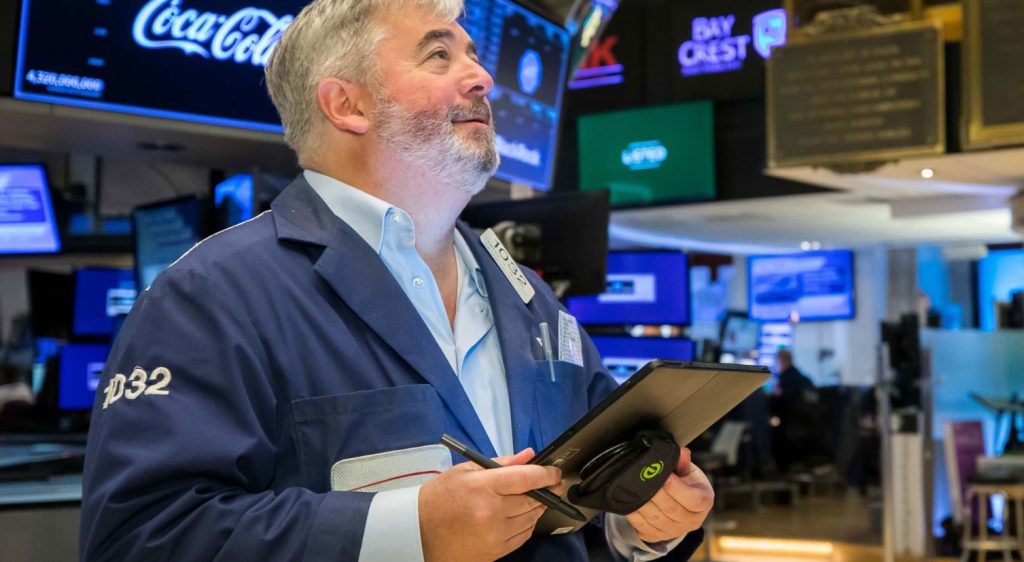
A key part of the Treasury yields inverted on Friday, stoking fears that a recession could be in the cards, after jobs data caused short-term rates to jump.
The benchmark 10-year Treasury note was up more than 5 basis points at 2.382%, and the rate on the 2-year U.S. government bond surged 16 basis points higher to 2.448%.
Yields move inversely to prices and 1 basis point is equal to 0.01%.
Other parts of the yield curve also remained inverted. The yield on the 5-year Treasury surged 14 basis points to 2.559%, while the rate on the 30-year Treasury bond slipped 1 basis point to 2.433%. 5-year and 30-year yields inverted for the first time since 2006 on Monday.
Historically, yield curve inversions have occurred prior to to recessions, as investors selling out of short-dated Treasurys in favor of long-dated government bonds signals concerns about the health of the economy.
The 2-year and 10-year part of the yield curve inverted Thursday night for the first time since 2019. It then went back to a normal state overnight before the jobs report Friday morning caused short-term rates to rise at a faster pace than long-term rates.
However, economists have pointed out that this indicator does not guarantee a recession, and that it can be more than a year after the yield curve inverts before there is an economic downturn.
“It just seems as though the front end of the curve is telling such a different picture than the back end of the curve. I do think the market has fast-forwarded a ton of rate hikes, and I think in some ways they are pricing in a greater risk of a Fed mistake,” said Mark Heppenstall, president and chief investment officer of Penn Mutual Asset Management.
Heppenstall said he was watching the relationship between the 10-year and even shorter term Treasurys than the 2-year more than the longer-dated curves.
On the economic front, nonfarm payrolls expanded by 431,000 for the month, while the unemployment rate was 3.6%, the Bureau of Labor Statistics reported Friday. Economists surveyed by Dow Jones had been looking for 490,000 on payrolls and 3.7% for the jobless level.
The data showed a strong economy for now, but investors are worried that it will also give the green light to the Federal Reserve to follow through on its aggressive plan to hike rates at every meeting this year. And those rate hikes could eventually slow the economy over the long term.
In addition to rising inflation amid the Russia-Ukraine war, investors have become concerned that the Federal Reserve’s plans to potentially hike rates more aggressively to combat pricing pressures, could tip the economy into a recession.
“At the end of the day, this does nothing to get in the way of the Fed,” said David Petrosinelli, senior trader at InspereX. “I think the Fed should do 50 [basis points], and you’re getting more of a drumbeat for 50.”
Developments in the Russia-Ukraine war also remain in focus, with talks between the two countries having made little progress so far.
Russian President Vladimir Putin has said that foreign buyers of the country’s gas will have to pay for it in rubles from Friday.
In other economic news, February construction spending data and March manufacturing data from ISM coming in below expectations.























